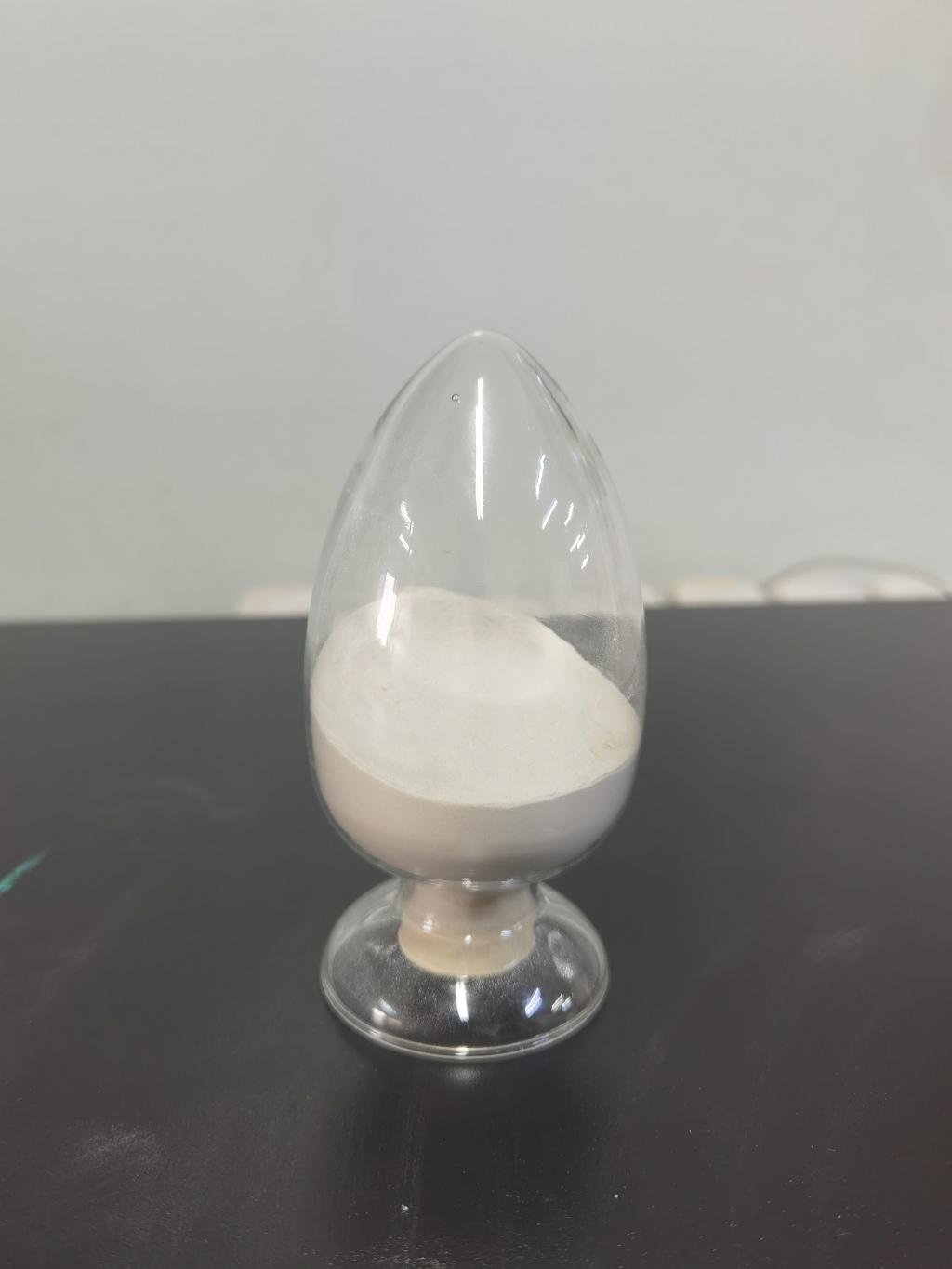Tel:0086 18231198596

News
Nisin's Contribution to the Flavor Enhancement of Processed Foods
TIME:2024-01-31
I. Understanding Nisin: The Natural Antimicrobial Peptide
Nisin is a naturally occurring antimicrobial peptide produced by certain strains of lactic acid bacteria, most notably Lactococcus lactis. Discovered nearly a century ago, its primary function was initially recognized in food preservation due to its ability to inhibit the growth of Gram-positive bacteria. However, as research advanced, so did the understanding of its potential in influencing the sensory aspects of processed foods.
II. Nisin's Interaction with Food Components:
Nisin's unique contribution to flavor enhancement lies in its interactions with various components of processed foods. Unlike traditional preservatives that might impact taste and aroma, Nisin, when used appropriately, is known for its selective antimicrobial action, leaving the sensory characteristics of the food largely unaffected.
III. Preservation without Compromise: Nisin's Impact on Taste
One of the key challenges in the food industry is preserving the freshness and safety of products without compromising their taste. Nisin addresses this challenge by inhibiting the growth of spoilage bacteria while allowing the natural flavors of the food to shine through. This dual functionality has made Nisin an invaluable tool for food technologists seeking to enhance taste without resorting to synthetic additives.
IV. Aroma Retention and Nisin: A Delicate Balance
Aroma is a crucial component of the overall flavor profile of a food product. Nisin's role in preserving the freshness of processed foods extends to the retention of aromatic compounds. The delicate balance between inhibiting undesirable microbial activity and allowing the natural aroma of the ingredients to prevail is a testament to Nisin's nuanced impact on the sensory experience of consumers.
V. Nisin in Dairy Products: A Case Study
Dairy products, known for their susceptibility to spoilage, have greatly benefited from Nisin's flavor-enhancing properties. In cheeses, for example, Nisin helps maintain the integrity of the product by preventing the growth of harmful bacteria without interfering with the complex flavor development during the aging process. This case study exemplifies how Nisin contributes to the preservation of traditional culinary experiences.
VI. Clean Label Trend and Nisin: A Synergy for Flavor
The clean label trend, driven by consumer demand for natural and recognizable ingredients, aligns seamlessly with Nisin's contribution to flavor enhancement. As more consumers seek transparency in food labels, Nisin stands out as a natural preservative that not only ensures safety but also promotes a clean and wholesome image, positively impacting the perceived flavor quality of processed foods.
VII. Culinary Innovation: Nisin in Novel Food Products
The application of Nisin extends beyond traditional processed foods to encompass novel food products. Its compatibility with a wide range of ingredients allows for culinary innovation without compromising on safety or flavor. From ready-to-eat meals to snack items, Nisin has found its way into diverse products, enriching the gustatory experiences of consumers.
VIII. Challenges and Considerations:
While Nisin has proven to be a valuable tool in flavor enhancement, challenges such as dosage optimization, stability in different formulations, and potential interactions with other ingredients remain areas of ongoing research. Striking the right balance between preservation and flavor enhancement requires a nuanced understanding of the specific characteristics of each food product.
IX. Future Prospects and Conclusion:
As the food industry continues to evolve, Nisin's role in flavor enhancement is poised for further expansion. Its natural origin, compatibility with clean label trends, and positive impact on taste and aroma make it a versatile ingredient for processors looking to meet the demands of discerning consumers. Nisin's journey from a preservative to a flavor-enhancing agent represents a paradigm shift in the way we approach the creation of processed foods, emphasizing not just safety but a holistic sensory experience for consumers around the world.

 CONTACT
CONTACT




